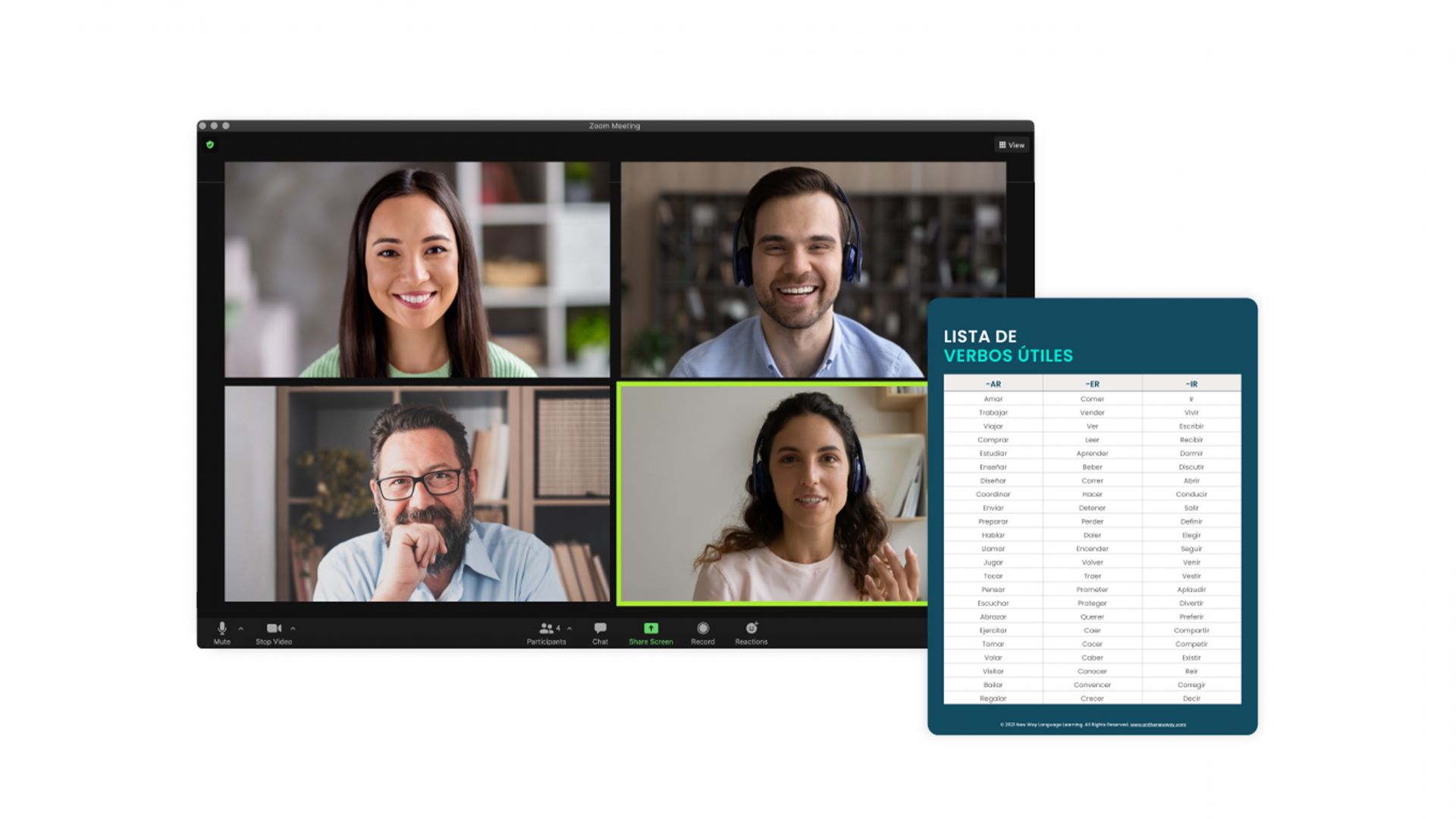- Master Spanish Weekly
- Posts
- Stop Saying “So...Like...” — Say “Entonces...Pues...”
Stop Saying “So...Like...” — Say “Entonces...Pues...”
Easy swaps that lock your brain into Spanish mode + audio practice!

Hola y bienvenido/a a “Master Spanish Weekly”
Gracias for opening this week’s issue! Each week, I share helpful tips, clear examples, and expressions you can use right away. Let’s make Spanish a part of your daily life!
Today’s issue: how to swap English fillers like so and well for Spanish ones such as entonces and bueno. You’ll see why this small change helps your brain stay in Spanish.
I’d also like to share that I’ve been watching a show on HBO called “Chespirito,” which you can also watch with English subtitles. Hope you get a chance to check it out!
But first, let’s start with the weather in Austin.
🌤️ ¿Cómo está el clima hoy?
Hoy en Austin hace sol y calor: la temperatura está en 90 °F (noventa grados). Más tarde subirá un poco y va a estar mayormente despejado.
📚 Lesson of the Week — Filler Words (muletillas)
I noticed something funny in my live classes: students can say full Spanish sentences, but every pause was filled with so, well, or like. It sounded as if their brains were racing back to English.
We swapped those English crutches for Spanish ones — bueno, entonces, pues, a ver… and something clicked. Students could “think” in Spanish faster and for longer period of time.
That lines up with what psycholinguists call “language‑mode switching.”
Studies show that tiny function words (fillers, connectors, pronouns) keep the brain anchored in one language, reducing the mental cost of jumping back and forth. In other words, changing just your fillers prompts your mind to think in Spanish, not translate from English.
Below are six of my favorites. Say them out loud a couple of times, and you’ll be surprised how fast they become part of your speech.
English filler | Spanish swap | Mini‑example |
|---|
so | entonces | Entonces, ¿empezamos? |
well | bueno | Bueno, no pasa nada. |
like / I mean | pues | Pues… no estoy seguro. |
let’s see | a ver | A ver, ¿dónde está? |
um / hmm | esteee… | Esteee… quizás mañana. |
give me a sec | déjame ver | Déjame ver, un momento. |
Here’s an audio with a few examples to practice and read along while you listen:
Here’s the transcription:
Bueno, creo que podemos empezar la reunión.
Entonces, ¿qué te parece si vamos mañana?
Pues, no estoy muy seguro de la respuesta.
A ver, déjame revisar mi agenda primero.
Déjame ver, creo que el documento está en mi correo.
O sea, no es tan complicado como parece.
Esteee, la próxima semana, es mejor.
Sabes, sería mejor llamar antes de llegar.
Es decir, necesitamos más tiempo para terminar el proyecto.
📺 What I’m Watching — “Chespirito” on HBO Max
Lately, I’ve been watching “Chespirito: Sin querer queriendo” on HBO Max. This great biographical series shares the inspiring journey of Roberto Gómez Bolaños, affectionately known as Chespirito, who became a cherished Mexican comic and cultural icon.
Gracias por leer
Muchas gracias por seguir aquí y por darle vida a tu español cada semana. Cuéntame cuál muletilla vas a usar primero o si te animas a ver Chespirito. ¡Nos vemos en clase!
Un abrazo,
Alejandro Nuñez
Director en New Way Spanish (pronto Vokally)
🗳️ Poll: Let’s hear from you!
How are you making Spanish part of your day this week? |
What'd you think of this email? |

Reply